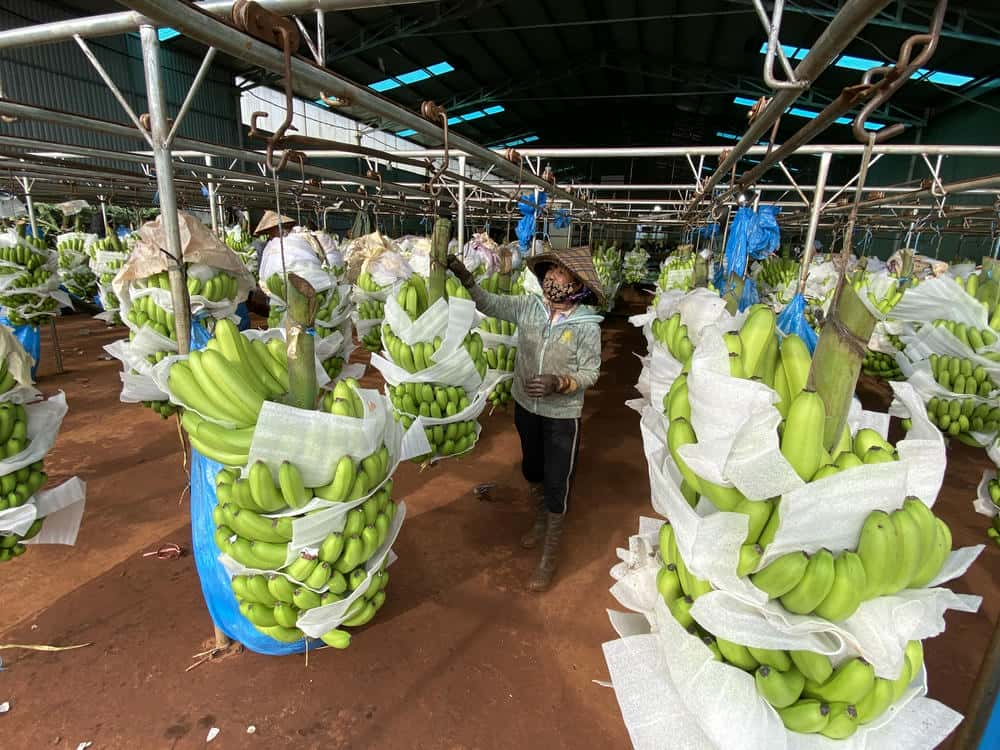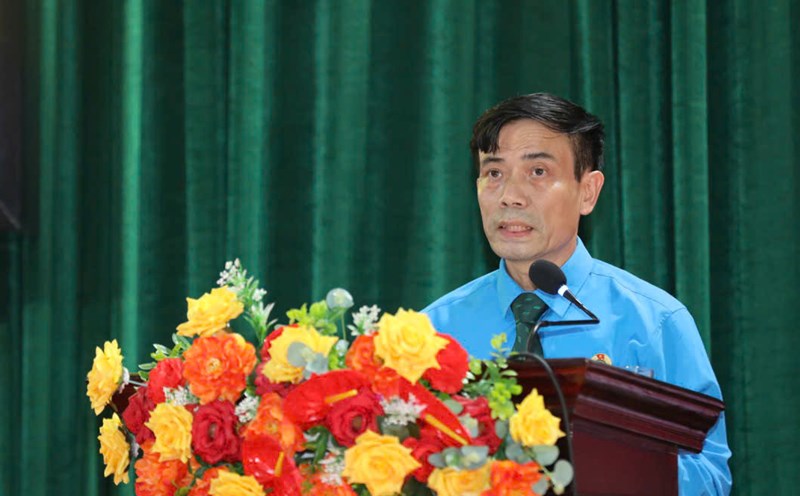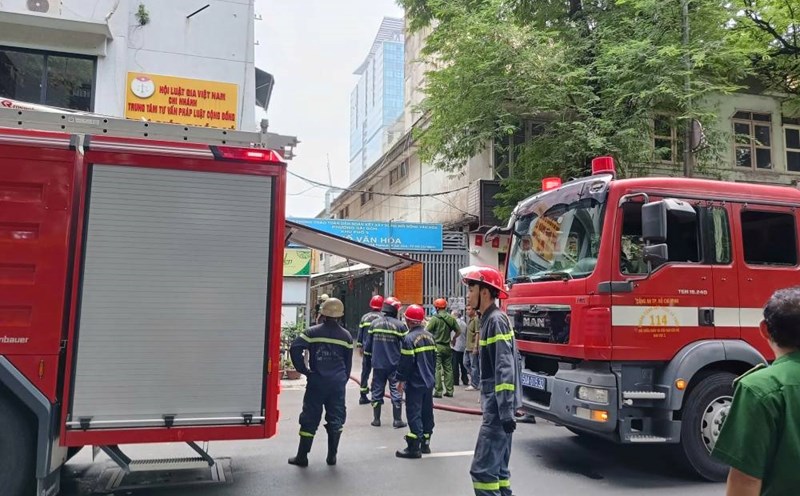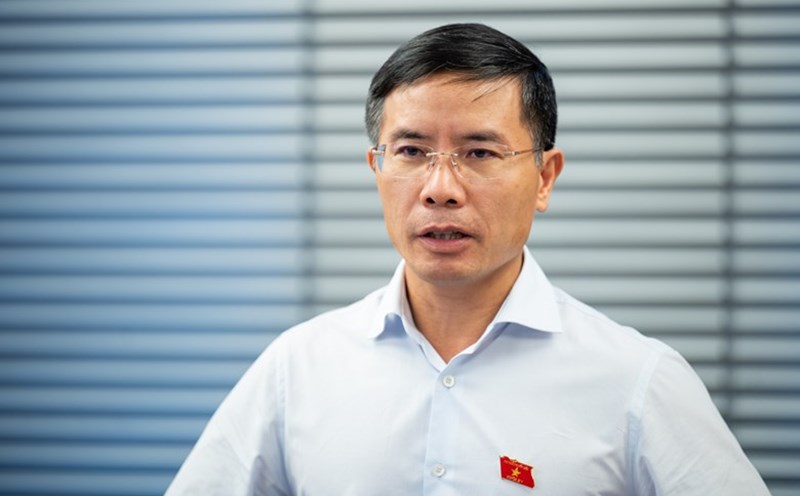On September 13, the People's Committee of Gia Lai province issued a plan to convert ineffective crop structure for the period 2026 - 2030, in which more than 14,000 hectares of rubber will be converted to grow fruit trees and crops with high economic value.
According to the plan, the whole province will convert about 38,500 hectares of ineffective agricultural land, including: 3,790 hectares of rice, 7,660 hectares of sugarcane, 7,745 hectares of cassava, 4,020 hectares of rubber and about 570 hectares of other land.
The goal of the program is to restructure the agricultural sector in accordance with the plan, associated with developing the product value chain, creating livelihoods, improving income and quality of life for farmers.
With ineffective rubber areas, the province requires the selection of crops to adapt to climate change, meet market demand, and reserve land for high-tech agricultural development and renewable energy.

Prioritize the conversion of rubber areas in the red basalt land to grow crops with high economic value such as passion fruit, banana, durian, pineapple, etc.
In the period of 2026 - 2030, a number of enterprises will carry out large-scale conversion such as: Corps 15 converted 3,632 hectares, including 540 hectares of fruit trees and 195 hectares of medicinal plants.
Chu Se Rubber One Member Co., Ltd. converted 2,442 hectares, including 1,071 hectares of fruit trees, 1,171 hectares of annual trees and about 200 hectares for wind power and solar power projects.
Chu Prong Rubber One Member Co., Ltd. converted 311 hectares, switching to growing fruit trees in Chu Prong and Ia O communes.
Quang Duc Export Trading Company Limited converted 3,931 hectares, including 1,233 hectares of fruit trees, 453 hectares of medicinal plants, 1,309 hectares of annual trees and 936 hectares for renewable energy and livestock.
Regarding land policy, previously, Provincial Party Secretary Ho Quoc Dung assigned the Department of Agriculture and Environment to study the plan to provide production land to people in border communes, where life is still difficult, and small-scale, fragile agricultural production.
In fact, Ia Mo commune has more than 9,100 hectares of poor forests assigned to rubber growing enterprises, but thousands of hectares of poorly developed Hop Hop forest land, stunted hops and low economic efficiency.
From 2008 to present, Gia Lai province has implemented 44 rubber planting projects for 16 enterprises with a total area of over 25,500 hectares. Of which, only 9,008 hectares are developing normally, the remaining 14,084 hectares are underdeveloped and 2,448 hectares have died.












